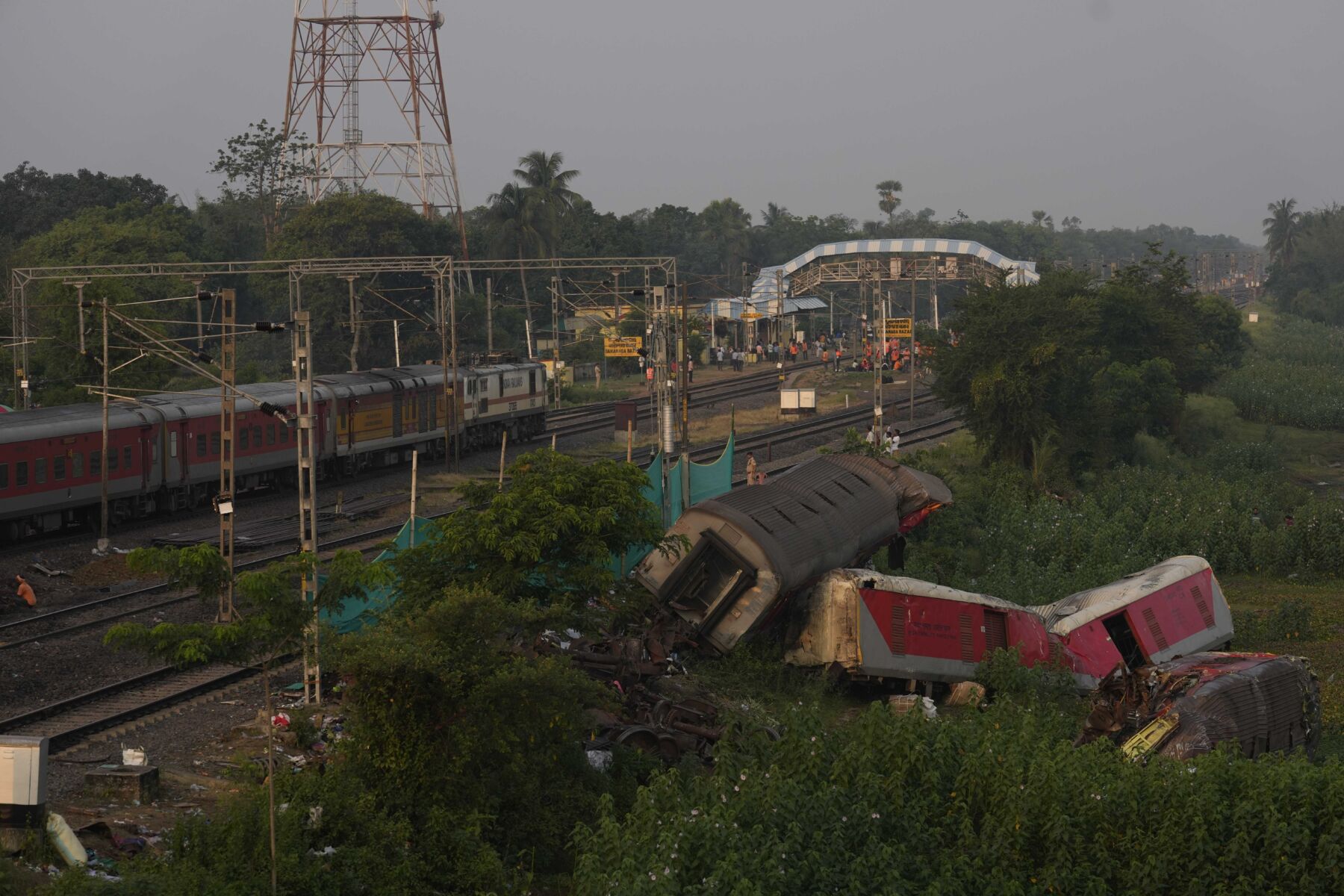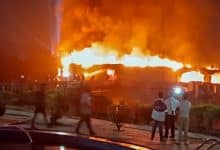India’s deadliest train crash sparks criminal investigation

Families of victims of India’s deadliest train crash in recent memory gathered at a hospital in Bhubaneswar city on June 5, as railway officials called for the country’s premier criminal investigation agency to probe the accident that claimed 275 lives.
Relatives of passengers who perished in the crash on Friday queued outside the eastern city’s All India Institute of Medical Sciences, while survivors being treated inside the hospital were still grappling with the enormity of the disaster.
Outside the hospital, two large screens displayed photos of the victims, their faces so bloodied and charred that they were barely recognisable. Each body had a number assigned to it, and relatives stood near the screen and watched as the photos changed, searching for details like clothing for clues. Many of them had spent days on desperate journeys from neighbouring states, travelling on multiple trains, buses or rented cars to identify and claim bodies. The process stretched into a third day due to the gruesome nature of the injuries.
So far, only 45 bodies have been identified, and 33 have been handed over to relatives, according to Mayur Sooryavanshi, an administrator overseeing the identification process at the hospital in the capital of Odisha state, about 200km south of the site of the train crash in Balasore.
Upendra Ram began searching for his son, Retul Ram, on Sunday, after travelling some 850km from neighbouring Bihar state. The one-day journey in a rented car was exhausting for Ram, who said Retul, 17 years old, had been on his way to Chennai to find work.
After spending hours looking at photographs of the dead, Ram identified his son around noon on Monday.
“I just want to take the dead body and go back home. He was a very good son,” said Ram, adding that Retul had dropped out of school and wanted to earn money for the family.
“My wife and daughter can’t stop crying at home. They are asking me to bring the body back quickly,” he said, wiping tears from his eyes with a red scarf he had tied around his head.
Friday’s deadly crash was one of the worst rail disasters in India’s history. Investigators said that a signalling failure might have been the cause of the disaster, in which a passenger train hit a freight train, derailing on the tracks before being hit by another passenger train coming in the opposite direction on a parallel track.
The collision involved two passenger trains, the Coromandel Express travelling from Howrah in West Bengal state to Chennai in Tamil Nadu state, and the Yesvantpur-Howrah Superfast Express travelling from Bengaluru in Karnataka to Howrah, officials said.
Authorities recommended on Sunday that India’s Central Bureau of Investigations, which probes major criminal cases in the country, open an investigation into the crash.
Meanwhile, on Sunday evening, some train traffic was restored on the tracks where the crash occurred, after two days of repair work in which hundreds of workers with excavators removed mangled debris from the trains.
The crash in Balasore occurred as Prime Minister Narendra Modi is focusing on the modernisation of India’s colonial-era railroad network. The South Asian nation has one of the world’s most extensive and complicated railway systems, with more than 64,000km of track, 14,000 passenger trains and 8,000 stations.
Spread across the country from the Himalayas in the north to tropical ports in the south, it has been weakened by decades of mismanagement and neglect. Despite efforts to improve safety, several hundred accidents happen every year.
Most train accidents are blamed on human error or outdated signalling equipment.
In August 1995, two trains collided near New Delhi, killing 358 people in one of India’s worst-ever train accidents.
In 2016, a passenger train slid off the tracks between the cities of Indore and Patna, killing 146 people.
More than 22 million people ride trains across India every day.
Latest Thailand News
Follow The Thaiger on Google News:


























